
- Viaja más por menos
- Hazte miembro antes del 31/01/2026 y obtén un 10% de descuento en reservas con FlixBus
I share my volunteer story in the Amazon rainforest and list some some amazing (and credible) institutions that support forest protection. Find out how you can help out too!
7min

In July 2019, I joined 30 other people and went to three riverside communities of the Lower Madeira River in Rondônia, Brazil, to volunteer for social projects within the Amazonian context. Each person there had an extremely personal perception of the whole experience, but I believe the prevailing noun is resistance.
During our time there we heard about the impacts of the 2013/2014 flood, the frustration with school discontinued throughout the Lower Madeira River area since the beginning of 2019 and the lack of medical care in and around the communities.
The traditional peoples and the Amazon rainforest are daily resisting. For years they have resisted burning and deforestation, land grabbing and lack of public policies. Their lives will go on even with increased forest burns and trouble to breathe due to smoke and ashes in the air.
Imazon Research Institute reported on August 16 that there was a 66% increase in deforestation of the Legal Amazon in July 2019, compared with the same period the previous year.
In the same month, they detected deforestation of 1,287 square km in the region — an area equivalent to the city of Rio De Janeiro. IPAM (Amazon Environmental Research Institute) studies show that the main form of deforestation is by burning, one of the steps in preparing the land for livestock production. Greenpeace monitoring from January to August 2019 shows a 145% increase in fires in the Amazon region.
With the current dismantling of environmental policies and the severe increase in deforestation, more people became aware of the situation and the impact of irresponsible and negligent decisions for our planet and society.
We can respond to this in our daily lives by strengthening the institutions that fight for the Amazon's indigenous people and a standing forest.
You can support the Amazon Rainforest through volunteering, donating and sharing projects on social media. There are several organizations and I have chosen some of the best to share with you.
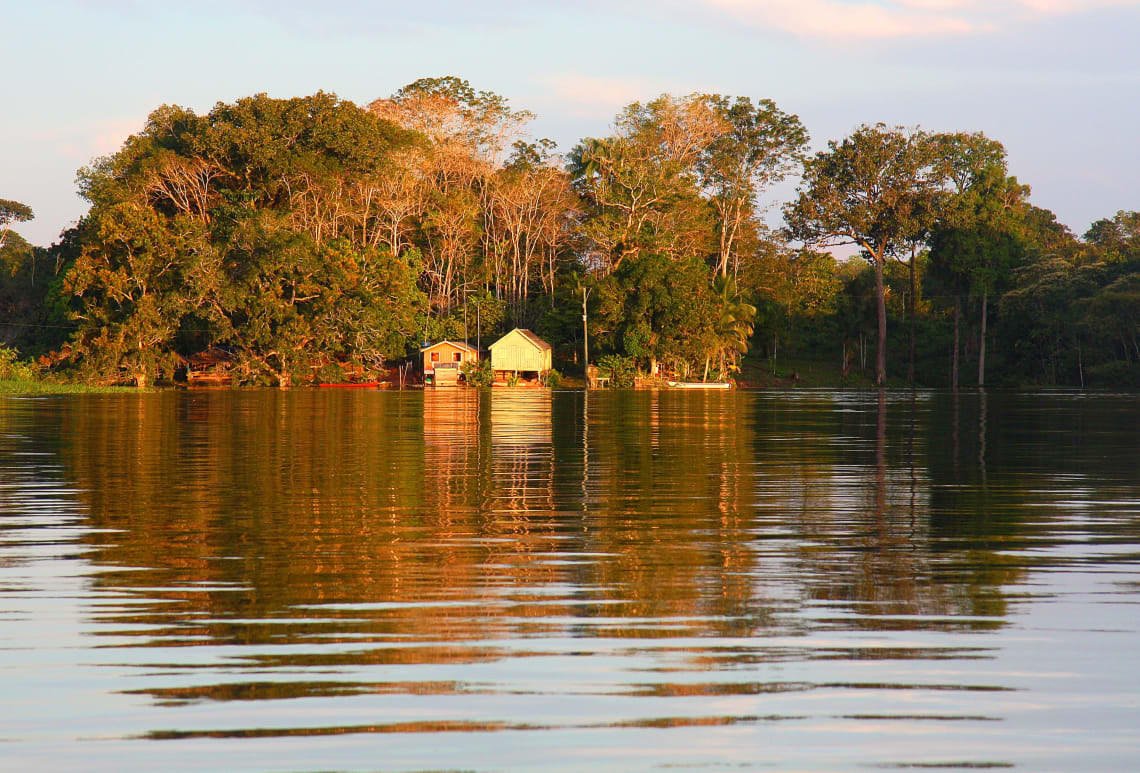
The SOS Amazônia Association was created in Acre, Brazil at the height of Amazon deforestation in 1988. It aims to support traditional communities and protect the forest.
SOS Amazônia was founded by University students and professors, society representatives and social leader Chico Mendes, a Brazilian environmentalist and human rights activist. Since then, the organization has provided reliable data and educated and mobilized society about social and environmental causes.
SOS Amazônia operates in Acre and Amazonas states and offers projects that promote income generation and propose and implement policies for biodiversity preservation and sustainable development. SOS Amazônia works mainly with Conservation Units in Brazil like Serra do Divisor National Park and the Alto Juruá Extractive and is considered reference in the field of environmental education.
They encourage various forms of collaboration for the environment: spreading information through Facebook and Instagram; reporting environmental crimes through communication channels; writing content about the fight for standing forests; and signing up for volunteer work in the Amazon. If you want to help, just go to this link.
To donate to SOS Amazon Association, visit their website.
Due to the environmental policies adopted by the local governments in 2019, the SOS Amazon Fund movement was created to fight to keep the Amazon Fund, the largest financing project for the protection of the Amazon Forest.
This new movement is trying to get answers from the Brazilian Ministry of the Environment. Over the past 10 years, the Fund has invested in projects to prevent deforestation and human-induced forest fires, and encourage sustainable forest development. Due to the government's stance on the allocation of donated money to the Amazon Fund and the severe increase in deforestation, some countries have suspended donations.
In August 2019, the relevance of the Fund became even clearer, since part of the money was being invested in firefighting equipment. The resources are also supposed to go to prevention and inspection, carried out by IBAMA (Brazilian Institute of Environment and Renewable Natural Resources) and ICMBio (Chico Mendes Institute for Biodiversity Conservation) — both of which suffered budget cuts.
To support the Amazon Forest and the Amazon Fund just go to this link!
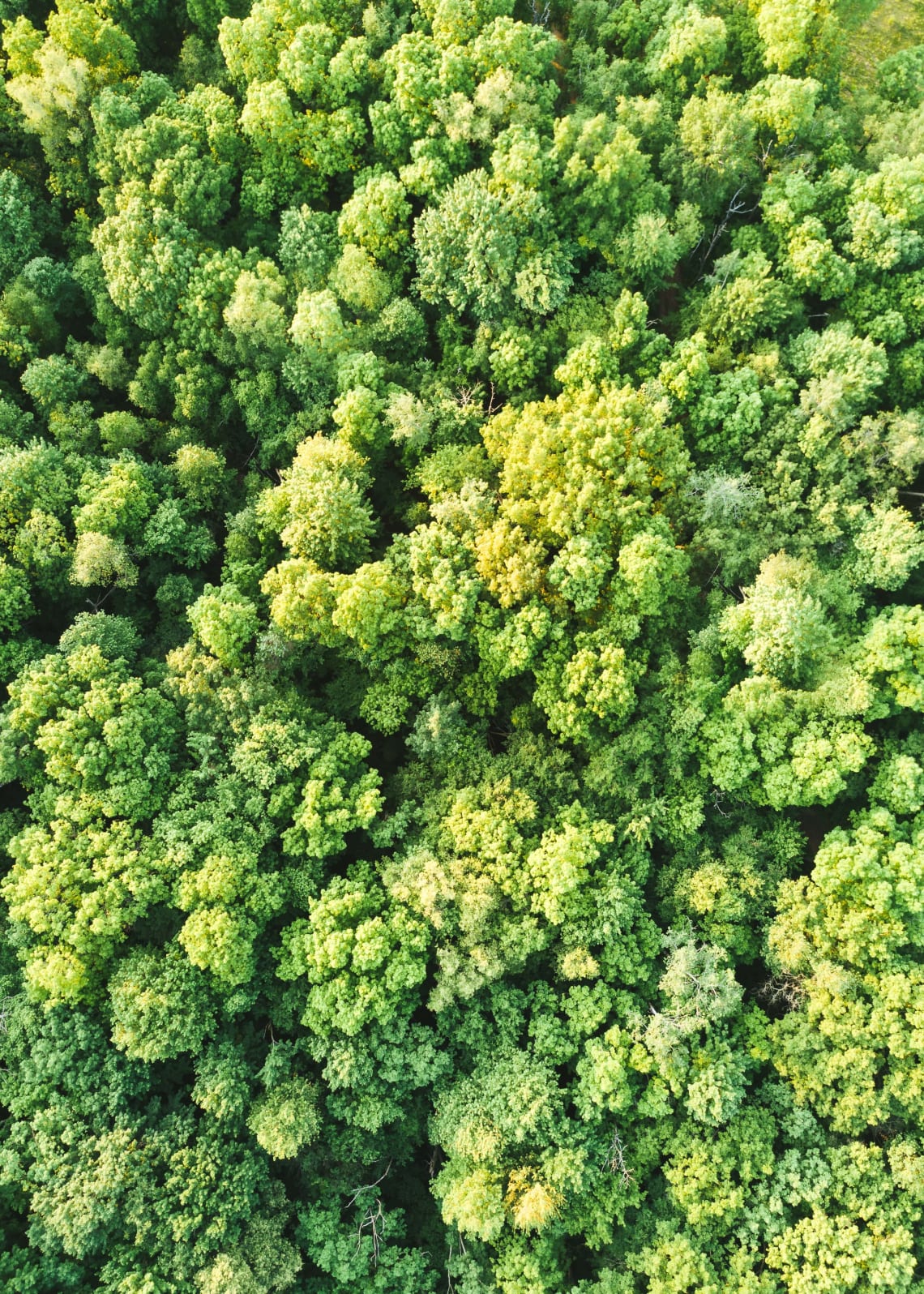
NAPRA has been promoting training for students and professionals from various areas to work in the Amazon context for more than 20 years, besides supporting the riverside communities of the Lower Rio Madeira in Rondônia.
NAPRA is also the project I know best because I had my experience of volunteer work in the Amazon with them. I became a volunteer at the beginning of 2019 and I plan to continue to help them for many years. This organization's branch offices are in six cities of São Paulo: Ribeirão Preto, Araraquara, Catanduva, Campinas, São Paulo and São Carlos — where general meetings take place once a month.
To volunteer at NAPRA you must participate in the selection process which normally takes place at the end of each year. You should also participate in the first semester training, which includes — besides classes — participation in fundraising actions and projects in the fields of health, education, culture, sanitation, income generation and social organization. All projects are designed with appreciation and respect for the traditional culture of local communities.
It's okay if you're not a student or graduate in any of those areas, since training and volunteering with NAPRA is a chance to learn new things and contribute to the organization with your background and experiences. For example, I have a degree in Public Relations and have been able to find a way to apply my training within NAPRA's organizational framework while also volunteering in Amazon communities.
Speaking of which, volunteer work in the Amazon with NAPRA takes place in three riverside communities throughout the month of July. Currently the communities are São Carlos do Jamari, Nazaré and Lago do Cuniã Extractive Reserve. It's a month of intensive work with the implementation of projects, immersion in the local culture and tons of learning with the community about the knowledge and culture of the forest.
To support NAPRA beyond volunteering in the Amazon, you can donate through this link and also follow them on Instagram and Facebook.
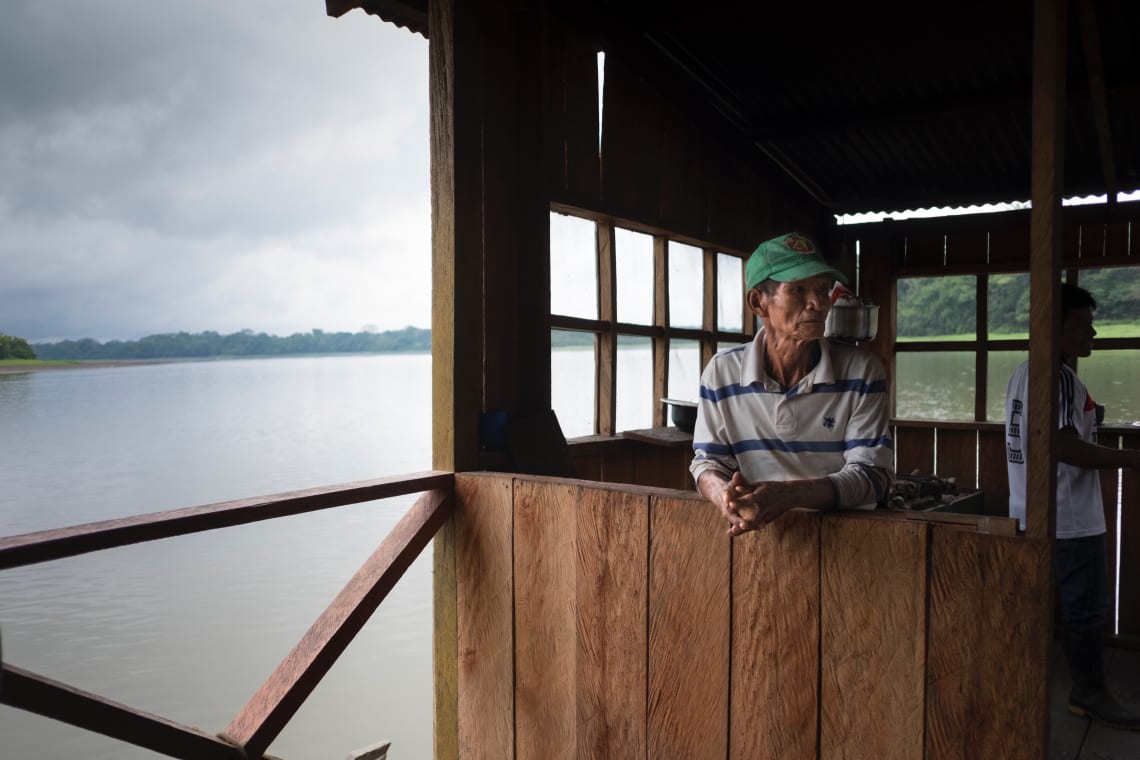
The Doctors Without Borders Association has been operating in traditional Amazonian communities in the Lower Madeira River since 2014 and emerged after its founder, Caio Eduardo Machado, witnessed how much Brazilian government neglects healthcare to the riverside and indigenous groups.
The project aims to be the connection between health professionals willing to contribute voluntarily and communities in need of assistance.
The organization started with projects focused on dentistry, but from 2017 they have implemented the "Medical Area" for projects in local basic healthcare units, Family Medicine and emergency situations.
In order to participate in the selection process, you must first become an associate. This way, you can be informed about the organization's goals, mission and practices before you commit as an exchange student or activist — the latter being the name given to volunteers who collaborate with project development and also work in the field helping the Amazon communities. To become a member, register here.
To know more about the Association, check their Instagram and Facebook.
You can also collaborate by donating here or by making your company a partner here.
ISA ("Instituto Socioambiental") is an organization founded in 1994 to propose integrated solutions to social and environmental issues in Brazil, focusing on civil rights of traditional communities. ISA proposes and monitors public policies, develops participatory models of social and environmental sustainability, and collaborates to strengthen local institutions.
The organization is known for the production, analysis, and dissemination of information about the indigenous communities of Brazil and for three long-term projects: Xingu River Basin, Negro River Basin and Ribeira Valley. These are environmental projects aimed at protecting sustainability and biodiversity, enabling family farming, organic agriculture, income generation, social value for the standing forest and water resource protection.
ISA communication channels are my favorites. They provide news about the environment, demonstrations, indigenous peoples and campaigns for the protection and recognition of traditional communities. They're worth following!
Follow ISA: Website, Instagram, Facebook, Medium and to donate, just click here.
Also, if you want to learn about income generation for traditional communities, check ISA's book: Xingu — Histórias dos Produtos da Floresta (Xingu — Stories of Forest Products). I read it when I was participating in the development of income projects for NAPRA. It helped me understand the production chains, social context and organization, as well as learn about the history of the Xingu indigenous territory.
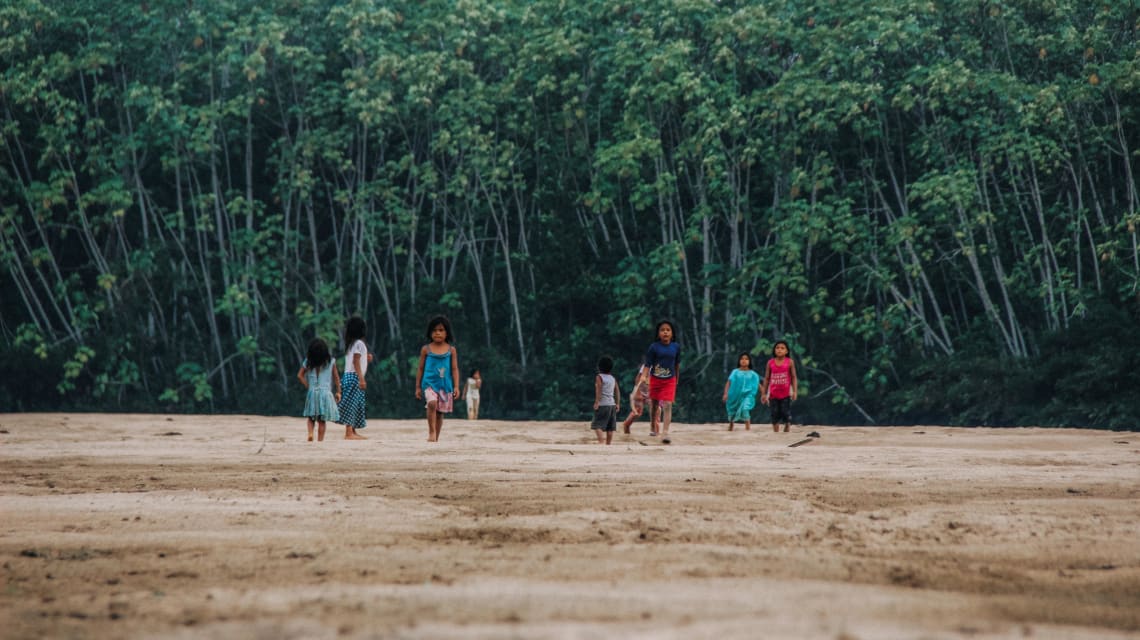
Formed in 1995 by researchers from Belém, Brazil, IPAM is an organization that works for sustainable forest development, collaborating with scientific production within the Amazonian context.
They have projects about sustainable family production, protection of natural territories and low carbon agriculture, and work mainly with the development and dissemination of technical and scientific content.
IPAM studies the forest, conducts research and provides data on deforestation, forest burning, supply chains, environmental impacts, among others. It's recognized for the concept of "Compensated Reduction of Deforestation" to combat climate change, a concept that influenced the creation of REDD (Reducing Emissions from Deforestation and Forest Degradation), a major factor to measure the effectiveness of the Amazon Fund, and for the study of fire behavior in the Amazon Forest and the environmental impacts caused by it.
You can find scientific articles, booklets, documents and reports on their website, backed by 20 years of data from working in the Amazon Rainforest. By following and helping IPAM, we encourage studies about the forest, as well as strengthen sustainable development projects.
Click here to donate or follow IPAM on Instagram and Facebook.
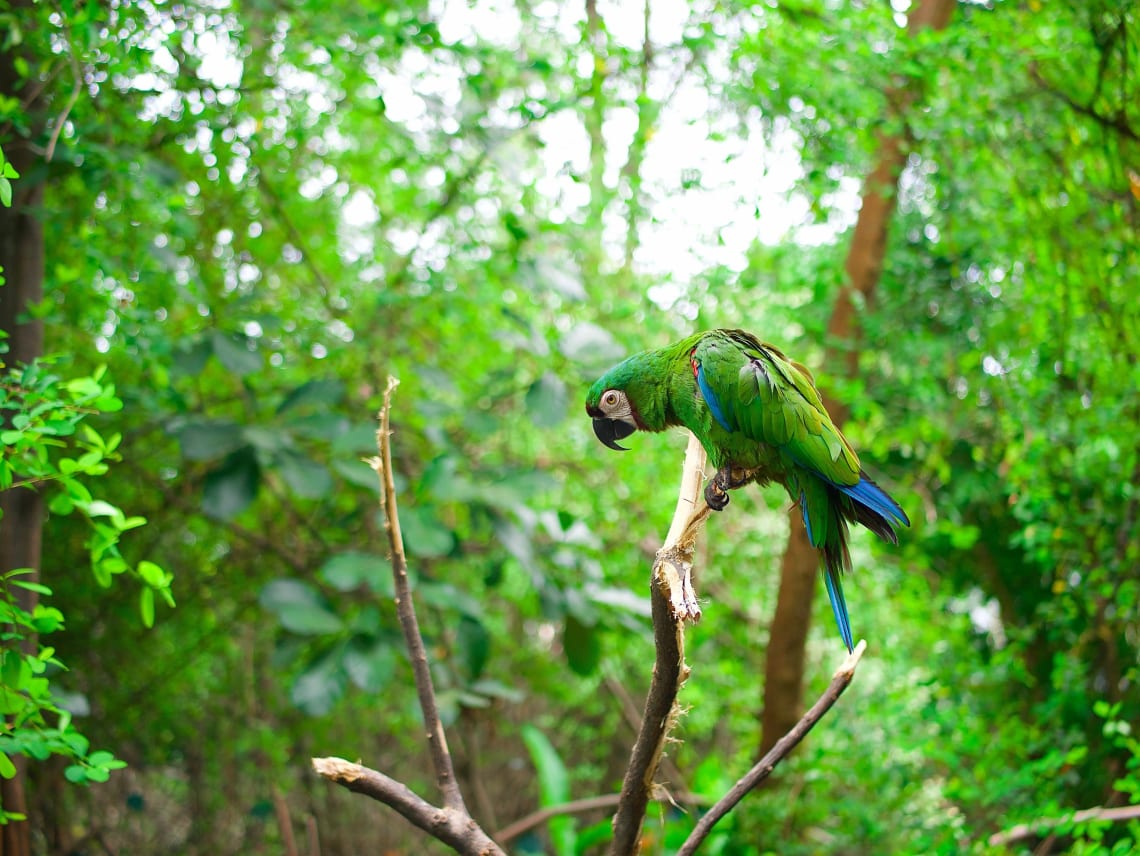
These are some of the institutions that I follow and trust to protect the Amazon rainforest. The experience of volunteer work in the Amazon has taught me a lot about Brazilian culture and traditional indigenous communities.
I hope you identify with any of these projects and have a chance to support the Amazon rainforest actively! Supporting these and other institutions is very important especially in the current environmental scenario. Any form of help is very welcome. We'll keep fighting for a standing forest.
Special thanks to Juliana Arthuso for translating this article.
Escriba aquí sus preguntas y saludos al autor
cbd gummies
26 de Feb de 2024
I gave cbd gummies a prove with a view the primary adjust, and I'm amazed! They tasted great and provided a be under the impression that of calmness and relaxation. My stress melted away, and I slept better too. These gummies are a game-changer on the side of me, and I enthusiastically put forward them to anyone seeking natural pain relief and well-advised sleep.
Gilbert
24 de Sep de 2024
I need more education on this.